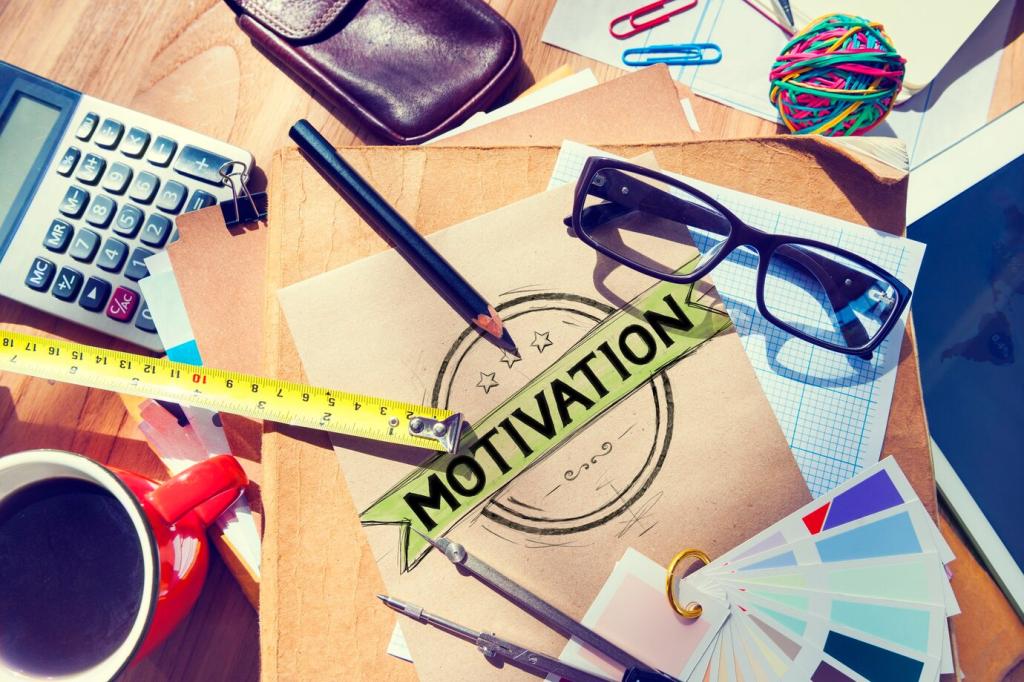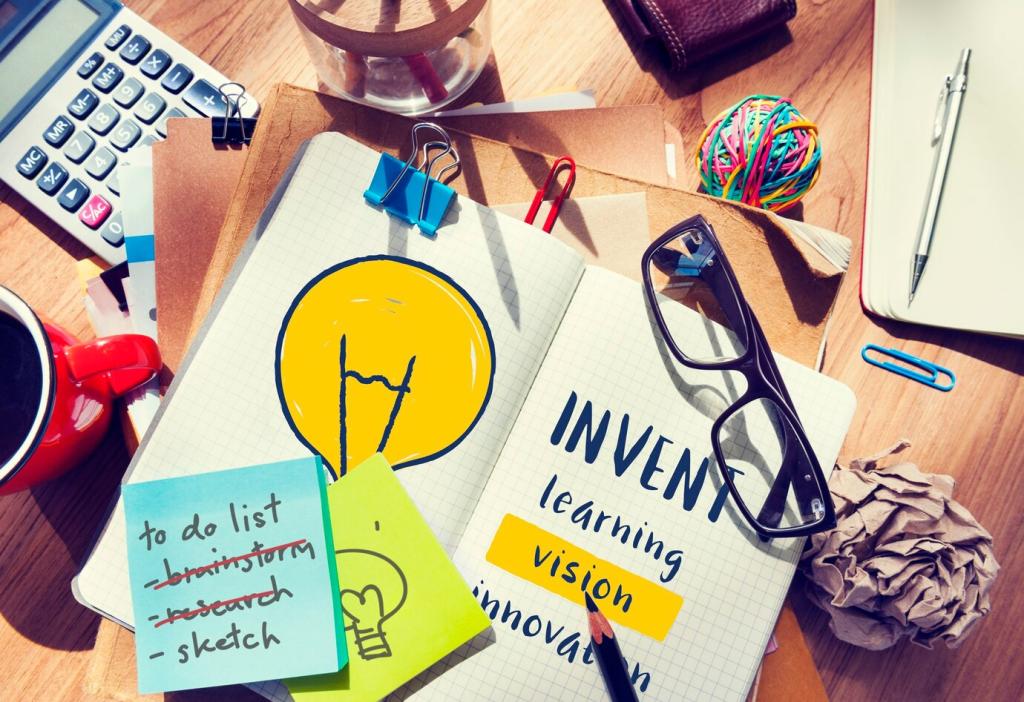The Role of Virtual Reality in Landscape Design
Chosen theme: The Role of Virtual Reality in Landscape Design. Step into immersive, living models of future parks, plazas, and gardens, where decisions feel tangible, stories unfold under virtual skies, and community feedback arrives before a single shovel meets the soil.
From Sketch to Immersion: Why VR Matters Outdoors
Standing inside a virtual meadow or beneath a simulated canopy evokes emotions that paper plans cannot. That felt presence reveals how paths invite wandering, how edges comfort, and how gathering spaces resonate. Share your first VR moment when a design suddenly felt alive and necessary.

Tools of the Trade: Headsets, Software, and Workflows
Headsets and Comfort Outdoors
Designers often choose headsets balancing clarity, field of view, and comfort for longer reviews. Even indoor sessions benefit from quick outdoor references using pass-through or mixed reality to relate virtual ideas to real contexts. What headset fits your workflow best? Share your setup and reasons.
Software Pipelines
Common pipelines flow from modeling tools into real-time engines for fast iteration. Smooth handoffs, linked assets, and live-sync reduce friction between concept sketches and immersive walkthroughs. Comment with the pipeline you trust, and we will spotlight inventive shortcuts in future posts.
Performance and Vegetation
Rich plantings challenge performance. Instanced trees, level-of-detail meshes, and carefully tuned lighting preserve realism without frame drops. Subtle wind animations elevate believability. If you have tricks for balancing lush canopies with smooth performance, add them below to help fellow readers iterate faster.
Environmental Simulation Inside VR
Sun Paths and Seasonal Change
Exploring a site at dawn in winter versus late afternoon in summer transforms judgment about shade trees, seat walls, and materials. Time-of-day sliders reveal glare, shadow reach, and comfort zones. What seasonal moment defines your project’s character? Tell us how VR revealed it clearly.
Wind and Thermal Comfort
Wind overlays highlight breezy corridors and sheltered nooks, guiding planting and screen placement. While approximations, these cues prevent cold corners and stifling patios. Combine models with local weather histories for context. Would you trust wind maps for seating decisions? Share your threshold for accuracy.
Soundscapes and Wellbeing
Spatial audio layers birdsong, water, and distant traffic to preview acoustic character. Masking noise with fountain placement or planting buffers becomes intuitive when heard in context. Which sound defines your site’s identity? Comment with the audio cues that changed your design priorities.
Collaborative Design and Community Engagement
At a town square workshop, a hesitant participant toured a virtual market stall and suggested a canopy tweak for rain protection. The change improved comfort without sacrificing light. Stories like this multiply when people can point, not just imagine. Tell us your favorite charrette moment in VR.

Collaborative Design and Community Engagement
Comfort settings, seated modes, and simplified navigation invite broader participation. Designers should account for color contrast, readability, and sensory needs. Inclusive VR reviews uncover barriers earlier. What accessibility features improved your sessions? Share practices that helped more voices shape the landscape together.
Capturing Reality: Photogrammetry and LiDAR Foundations
Drone photos stitched into textured meshes can reveal topography, edges, and informal footpaths missed by drawings. Aligning models to this base clarifies grading and sightlines. Have you blended a quick scan into concept reviews? Share how it reshaped your early decisions and client expectations.
Capturing Reality: Photogrammetry and LiDAR Foundations
Ground scans capture complex understory structures and surfaces hidden beneath canopies, helping avoid design surprises. Utility markers and existing structures become precise references. How granular do your site scans get? We would love to hear your balance between field time and model fidelity.


Storytelling, Mood, and Planting Narratives
Cues of Time and Memory
Simulate festival lighting, morning mist, or autumn leaves drifting across a plaza to test atmosphere and meaning. These moments guide material choices and program. Which memory do you want visitors to carry home? Share the narrative cue you hope your design whispers to them.
Planting Palettes in Motion
Wind through grasses, dappled shade on benches, blossoms shifting across seasons—the living calendar of planting reads vividly in VR. Preview maintenance implications and growth phases. What seasonal transformation defines your next project? Comment so we can feature a planting narrative in our newsletter.
Wayfinding as a Narrative Arc
Edges, landmarks, and thresholds create a journey, not just a route. In VR, test where curiosity fades and where delight spikes. Adjust sightlines, textures, and cues until the path feels inevitable. Tell us how you use landmarks to invite exploration without disorientation.
Ethics, Safety, and Practical Limits
Avoiding Visual Overpromise
Photoreal renders can imply maintenance levels or budgets that are unrealistic. Use annotations and variant scenes to mark optionality and uncertainty. How do you frame visualization honesty with clients? Share your strategies for balancing inspiration with accurate, durable promises.
Health and Motion
Comfort matters. Offer teleport movement, short sessions, and clear breaks to reduce fatigue. Provide non-VR alternatives for those prone to motion sensitivity. Which comfort settings do you consider non-negotiable? Let us know so we can compile a community checklist for safer reviews.
Data Stewardship
Site scans, personal feedback, and geotagged media are sensitive. Follow consent protocols, anonymize where possible, and store responsibly. If you have a privacy practice tailored for participatory design, share it. We will include reader-sourced guidelines in an upcoming deep dive.
Getting Started and Measuring Impact
Pick a courtyard or trail node and build an immersive prototype. Schedule a 20-minute walk with stakeholders and record insights. Small, repeatable trials build confidence and momentum. Ready to try? Comment “pilot” and we will send a step-by-step kickoff guide.
Getting Started and Measuring Impact
Track clarity of feedback, number of late changes, safety concerns discovered, and community satisfaction. Even directional metrics demonstrate value. Which measures resonate with your team? Share them, and we will compile a practical scoreboard for design leaders and collaborators.


